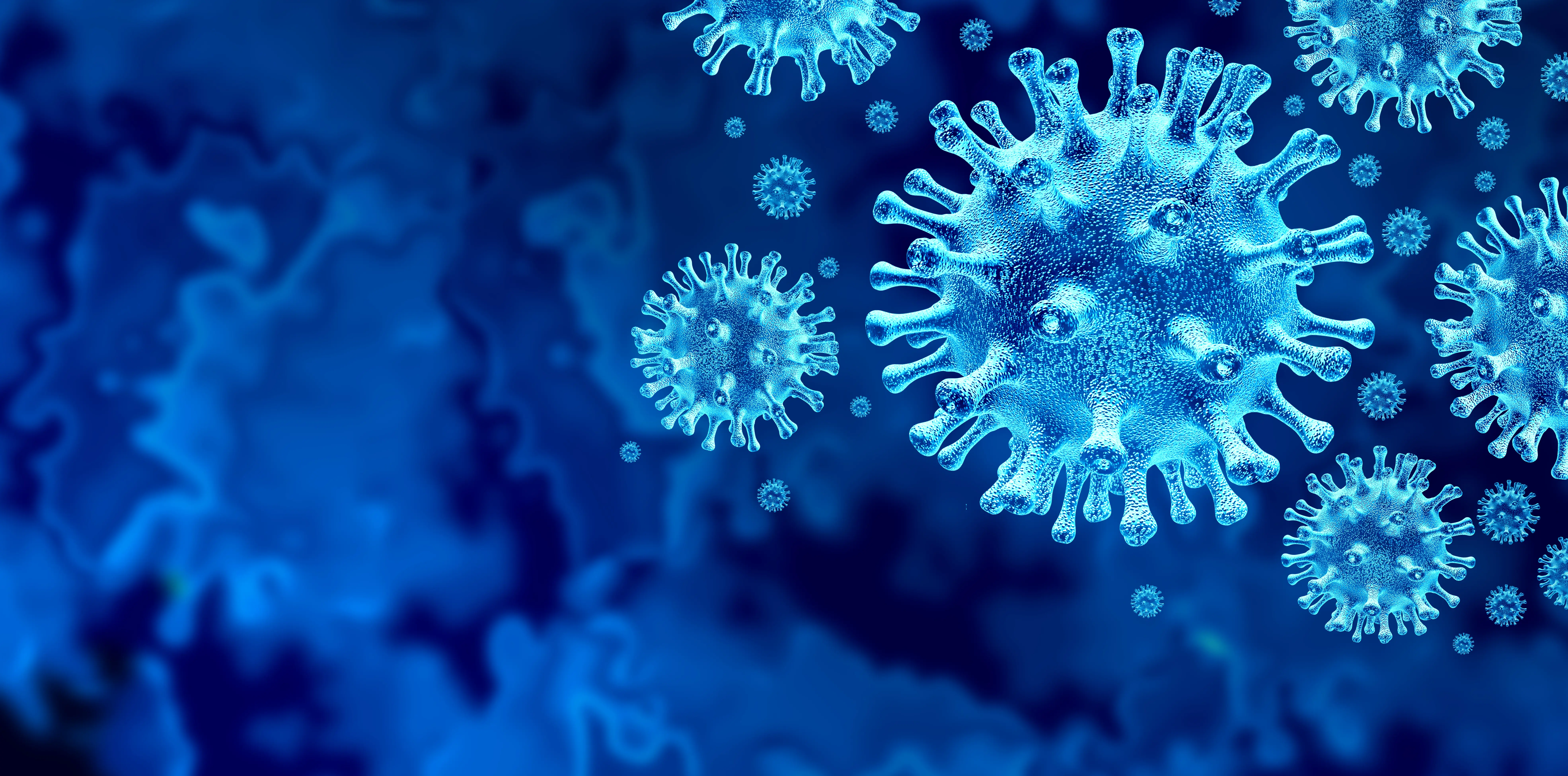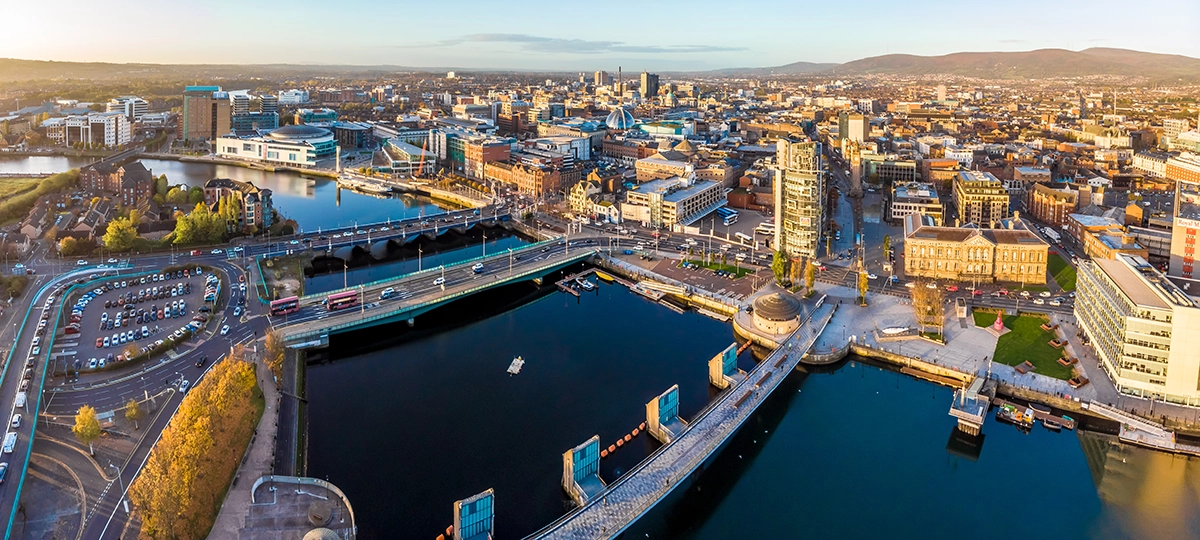Events calendar
Stay informed about upcoming conferences, webinars, and global meetings on respiratory viruses. Our events bring together researchers, clinicians, and public health professionals to share the latest insights, foster collaboration, and advance science in the field.








